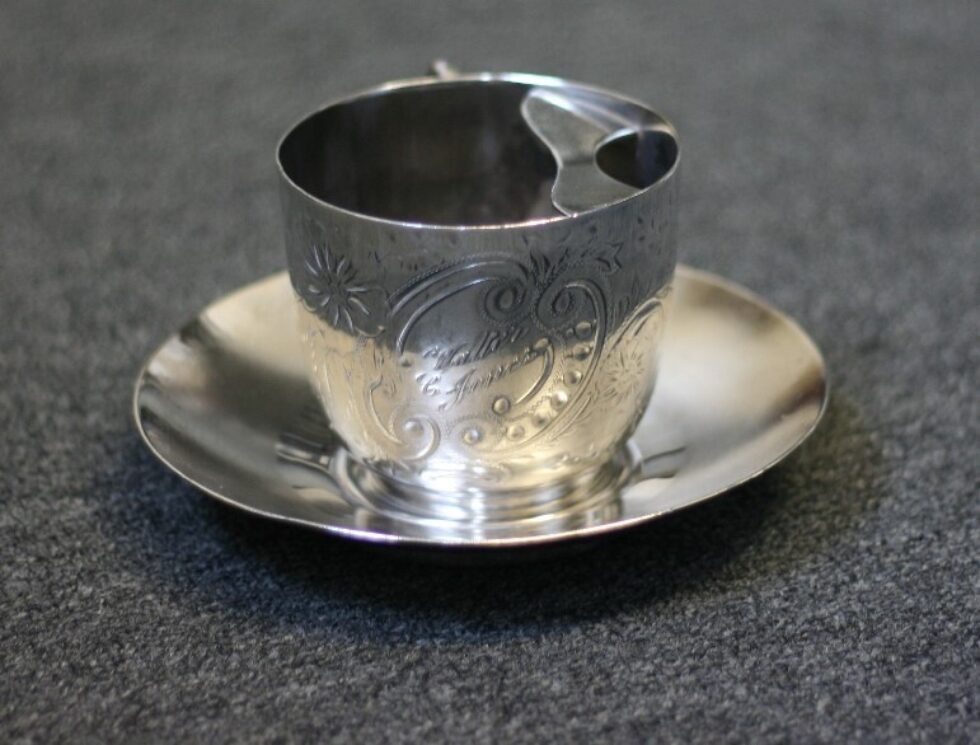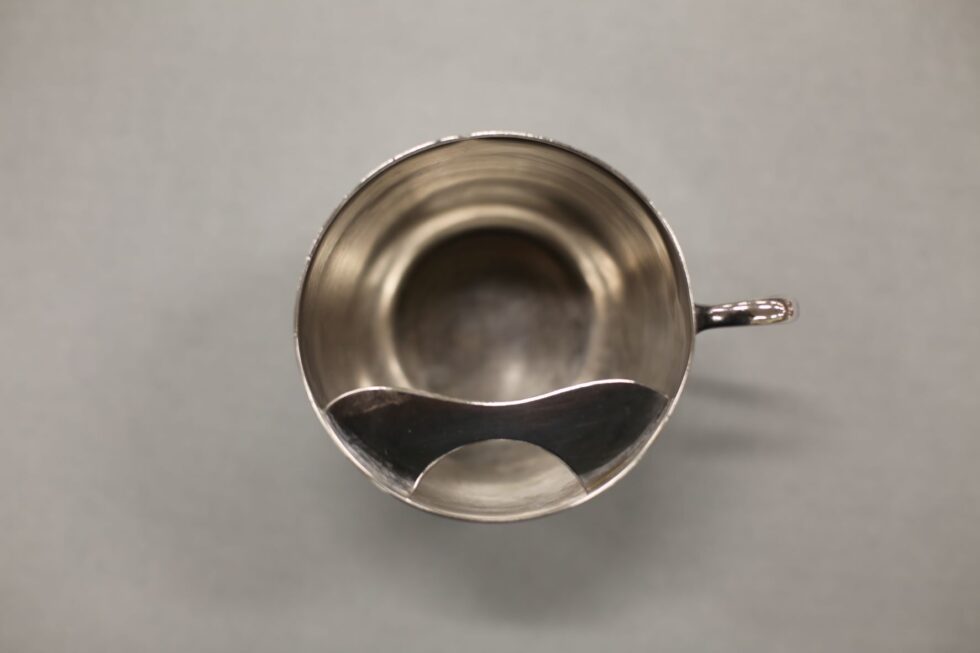Galveston is notably known for the Great Storm of 1900, the most deadly natural disaster that would ever strike United States soil and claim the lives of thousands of victims. This year, September 2022 marks the 122 year anniversary of the 1900 Storm.
The Storm entered Galveston on September 8, 1900 with a 15.7 foot storm surge and winds upwards of 120 mph. Killing one in six residents. The following day survivors emerged from the wreckage to see their island not as they remembered it, but instead a city in ruins. In total, two-thirds of the city was destroyed, littered with debris and decaying corpses, but swift recovery began. As a result, the city developed a new municipal government, started Seawall construction in 1902, and began grade raising from 1904 – 1910.
Artifacts featured in this month’s Treasure of the Month are a few objects that survived the 1900 Storm. While most people are acquainted with the iconic pictures and oral stories of the Storm, the Museum wanted to further humanize the Storm by emphasizing objects connected to real people. Featured is a child’s cup, Karankawa pottery sherds, a silver mustache cup and antique hammer. Each object has personal meaning connected to survivors or victims of the storm.
To learn more, visitors can explore the Great Storm of 1900 exhibit in the Harris Gallery on the 4th floor of the Rosenberg Library. As the first ever Museum exhibition that has solely focused on the Storm at the Rosenberg Library, visitors can expect an interactive experience which includes different media together in one tangible location. Photographs and oral histories will guide people through the difficult days after the storm and the slow clean up afterward. An 8-year-old’s handwritten account will be on display, showing her unique perspective of the disaster. Intentionally added to the exhibit is also the memorial wall where visitors can read the individual names of 2,000 identified storm victims. While somber, the hope is to evoke a sense of empathy and survival after loss - something Galveston is well acquainted with.

John Egert, Sr. was born in Germany in 1864. He and his wife, Eva, immigrated to Galveston during the 1880s. Mr. Egert held various jobs on the island including loading cotton bales onto cargo ships and working on the railroad lines. He also worked as a carpenter, and he eventually became a home builder and house mover. After the 1900 Storm, Egert was charged with rebuilding the Sixth Ward. His son, John Egert, Jr. joined his father to form the firm of John Egert & Son. Together, they specialized in house moving and raising. The two men were instrumental in making Galveston less vulnerable to hurricanes and flooding. They helped design and build the Galveston seawall and were deeply involved in the grade raising effort as well. Their company was responsible for raising some of the island’s largest residences and public buildings including the John H. Hutchings home, the Letitia Rosenberg Home for Women, Grace Episcopal Church, and Trinity Episcopal Church.


This engraved mustache cup belonged to Walter C. Jones, the Mayor of Galveston at the time of the 1900 Storm.

These Karankawa Pottery Sherds are from a broken vase. The vase was made of sun dried Galveston Bay mud. Half of this pot was broken and scattered in the Storm of 1900. The Karankawa were a nomadic Indigenous tribe that inhabited the Texas Gulf Coast from Galveston Bay to Corpus Christi Bay.

This child’s silver cup is most likely made of German pewter and nickel. The cup belonged to five year old Lydia M. Ripke, who was born in 1895. Later, Lydia’s uncle dug the cup up in the 1000 block of Avenue L in Galveston where it had gone through the 1900 storm. Lydia survived the storm and spent the remainder of her life in Galveston, passing away in 1983.
The Treasure of the Month is located on the library’s historic second floor near the East Entrance. It can be viewed during regular library hours, 9:00 a.m. to 5:45 p.m. Monday through Saturday. For museum questions, call 409.763.8854 Ext. 125 or email museum@rosenberg-library.org. For press inquiries, contact the Communications Coordinator.
To learn more about the Great Storm of 1900 exhibit opening on September 8th, please visit https://www.rosenberg-library-museum.org/